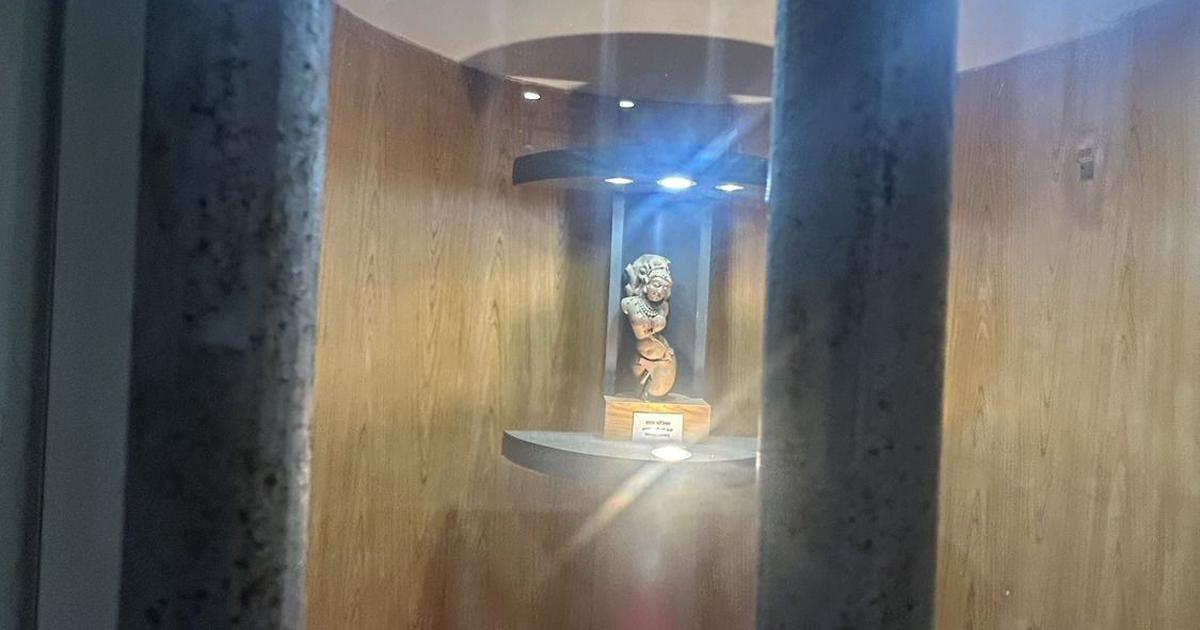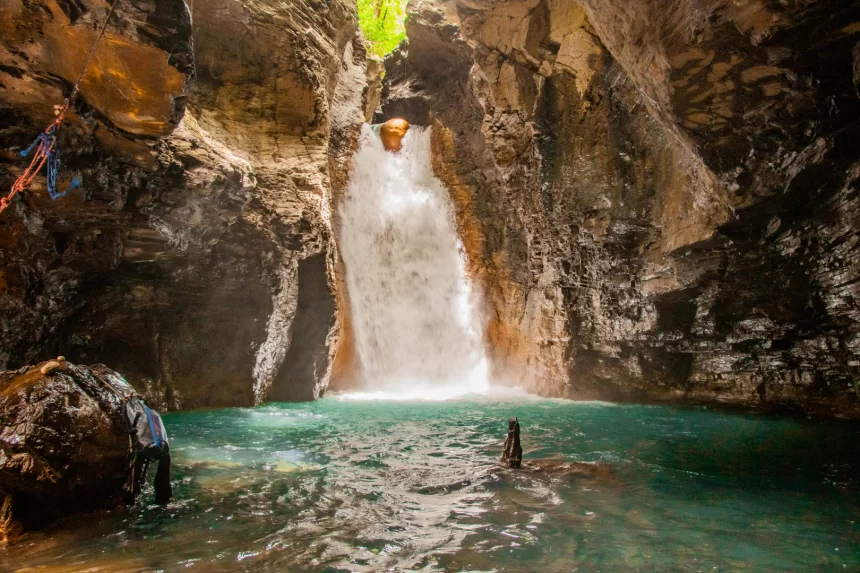Why is ‘India’s Mona Lisa’ held behind bars?

Join our WhatsApp Community to receive travel deals, free stays, and special offers!
- Join Now -
Join our WhatsApp Community to receive travel deals, free stays, and special offers!
- Join Now -

It’s not very often that one sees a deity behind bars. It is a disconcerting experience, straight out of some clumsily-written supernatural fantasy. In the real world, such a sight is on view on the first storey terrace of Gwalior’s Gujari Mahal Archaeological Museum.
In a barred antechamber to the right of the curator’s tube-lit and laminate-walled sarkari office rests a millennium-old nature spirit or yakshi, identified as a “salabhanjika”. Officially dated between the 10th and 11th century CE, the stone sculpture is the armless torso of a voluptuous, richly bejewelled and elaborately coiffed woman. Hip cocked and leg visible through the slit of her antariya, she strikes a graceful tribhanga pose that bends at three points. Behind her inclined head and ornate headpiece are the remnants of branch-like projections jutting out from the relief.
Some of this detail is only discernible through a camera phone since the bars keep visitors too far to see the sculpture’s full relief or walk around her – a frustrating limitation for a work long celebrated as one of the finest interpretations of the feminine form in Indian art, what art historian Ananda Coomaraswamy once called the “woman-and-tree motif, fundamentally characteristic of Indian art”.
Dubbed the Mona Lisa of India...
Read more
What's Your Reaction?
 Like
0
Like
0
 Dislike
0
Dislike
0
 Love
0
Love
0
 Funny
0
Funny
0
 Angry
0
Angry
0
 Sad
0
Sad
0
 Wow
0
Wow
0























































